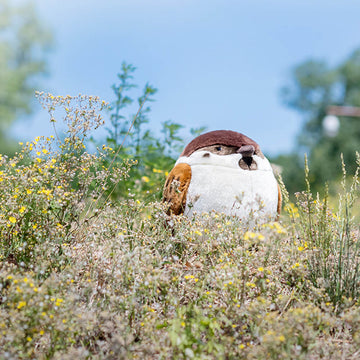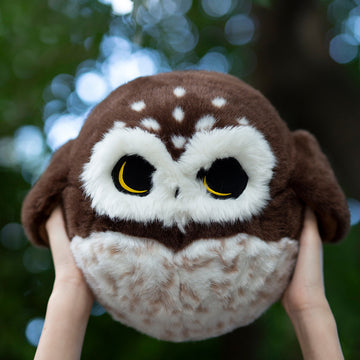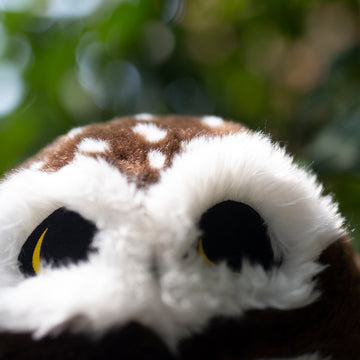Five Interesting Facts about Seals
1. Seals and bears have the same ancestor
Where did seals evolve from? Seals are pinnipeds, which include sea lions and walruses. Research agrees that pinnipeds belong to Arctoidea, a group of carnivores that includes bears, weasels, and raccoons. The family is monophyletic, which means they came from a common ancestor, so the seal's closest relative is the bear.
2. In the wild, seals can live to be 46 years old
Seals are usually long-lived animals if they can survive a variety of potential dangers when they are young. Regardless of the seal type, female seals have a higher life expectancy than male seals. Female seals can live to be 30 years old in the wild, while male seals rarely reach 25. An expedition found a 46-year-old female grey seal off the Shetland Islands in Scotland. Studies have found that captive seals live longer. A wild-born seal dies in captivity at approximately 47.6 years.
3. Seal species come in different sizes
There are 33 species of seals, ranging in size from 3 feet 3 inches (1 m) for the Baikal seal to 20 feet (6 m) for the southern elephant seal, which is listed as the largest carnivore. Males of southern elephant seals are also very large, weighing up to 8,500 pounds (3,855.5 kg). Females are much smaller, but still heavier than a 2,000-pound car, at over 907.18 kilograms.
4. There is a species of seal that feeds on other seals!
Some seal species, like the leopard seal, feed on other seals! The leopard seal is the only known seal species that actively preys on other seals, capturing the young of crabeater, Weddell, Ross, southern elephant and Antarctic seals. This is also the zealous seal who gave the divers penguins as gifts. Divers encountered seals while diving. The leopard seal felt sorry for the thinner diver, and directly caught the penguin and gave it to the diver. As a result, the seal was a little anxious when the diver didn't eat it, and just chewed it and stuffed it into the diver's camera. But most people think this is an exception. Leopard seals are very dangerous animals. If you encounter leopard seals during diving, you should avoid them.
5. Whiskers are more sensitive than mice or cats
Seals basically do not rely on sight and hearing, but rely on whiskers. A seal has as many as 1,500 nerve endings per whisker (a cat or mouse has about 200); these ultra-sensitive whiskers are useful for helping the seal detect food in the water.
As the seal glides through the water, its whiskers stand still, unresponsive to its own motion, but remain highly sensitive to external turbulence. Wakes caused by moving objects in the water create vortices; seal whiskers may synchronize with these vortices and vibrate back and forth at the same frequency in a slalom-like manner, allowing them to lock onto and track the source of turbulent water. Fantastic!
Check our seal collection, more individually designed seal plush products for you to choose from!: Click Here









